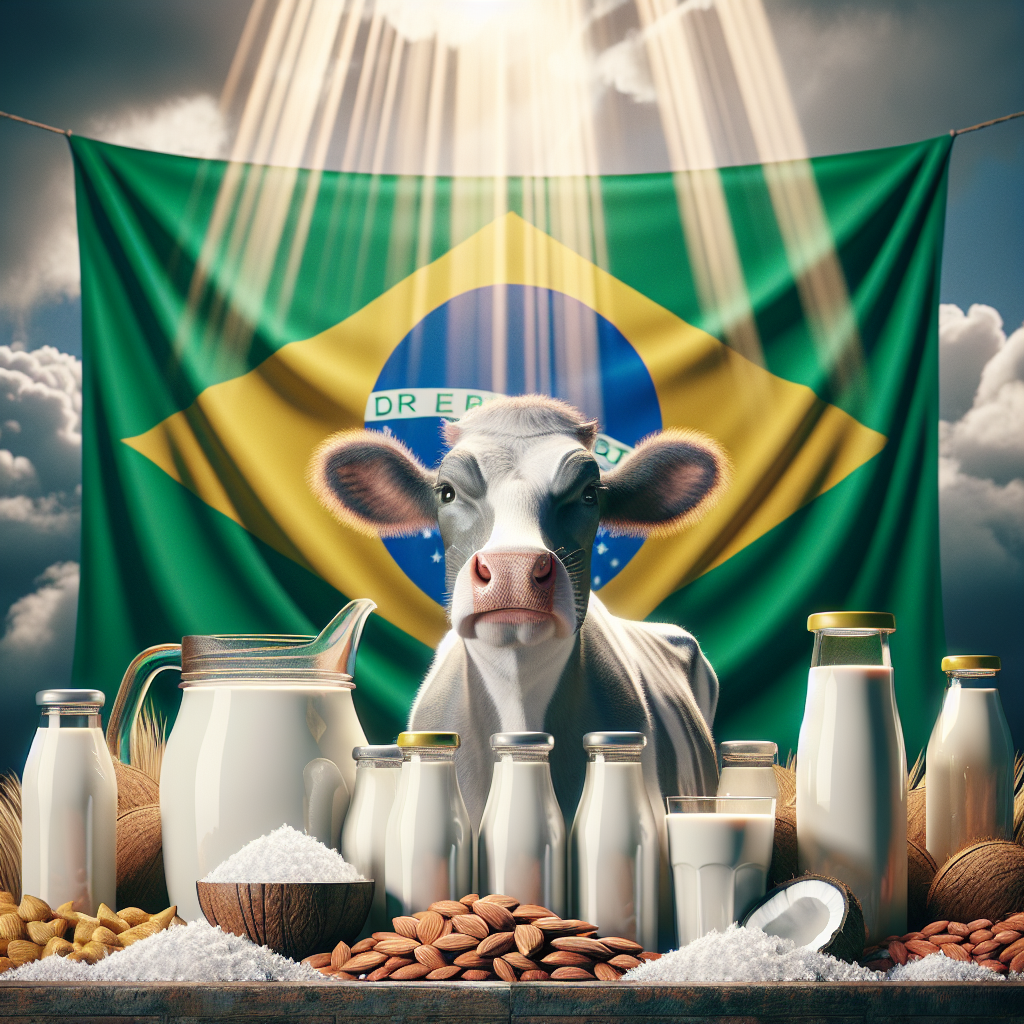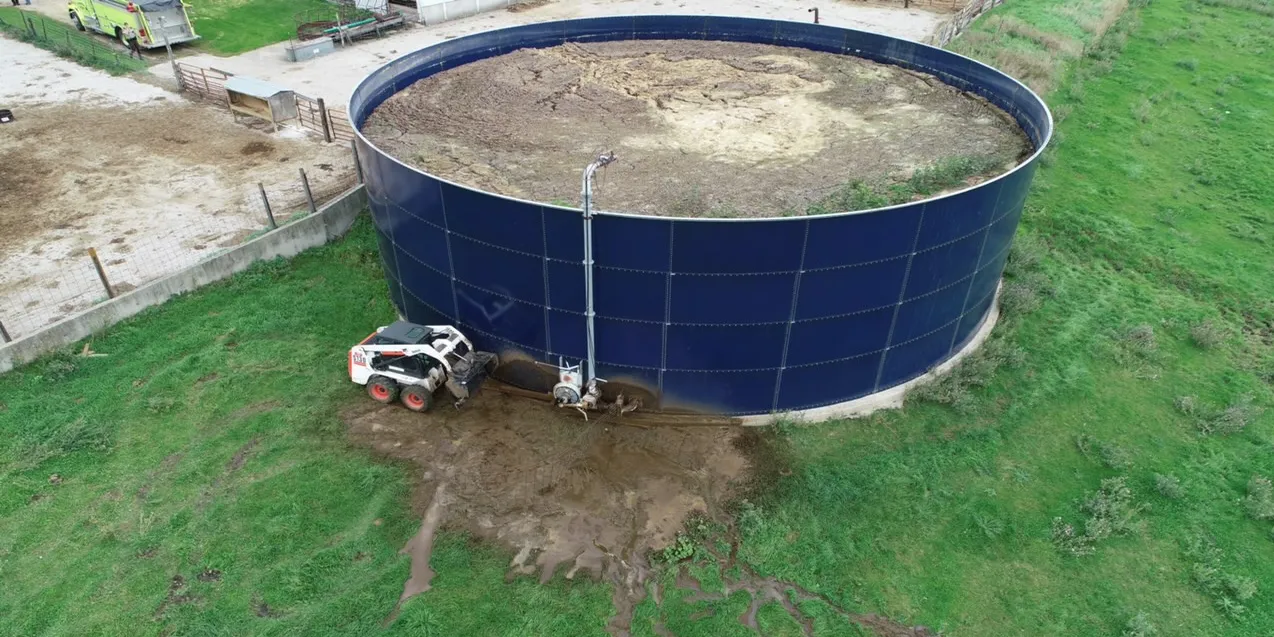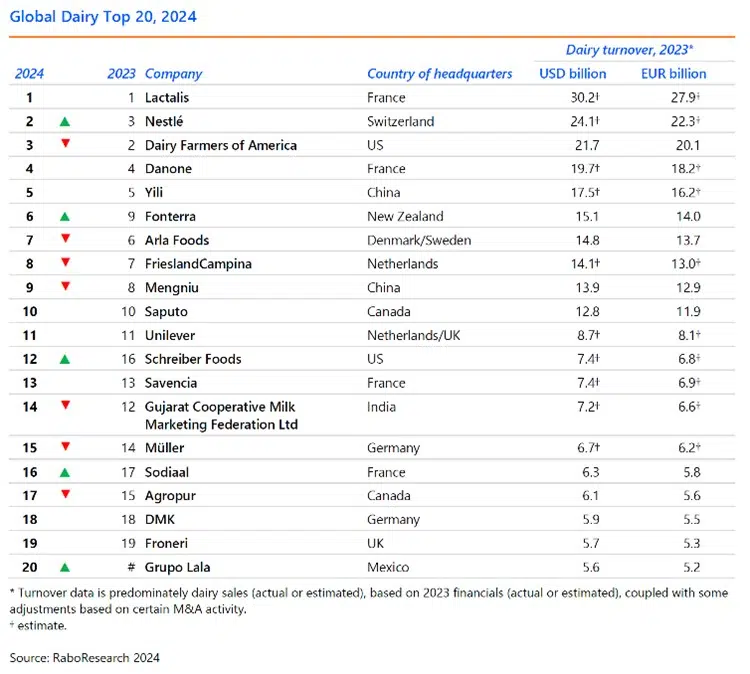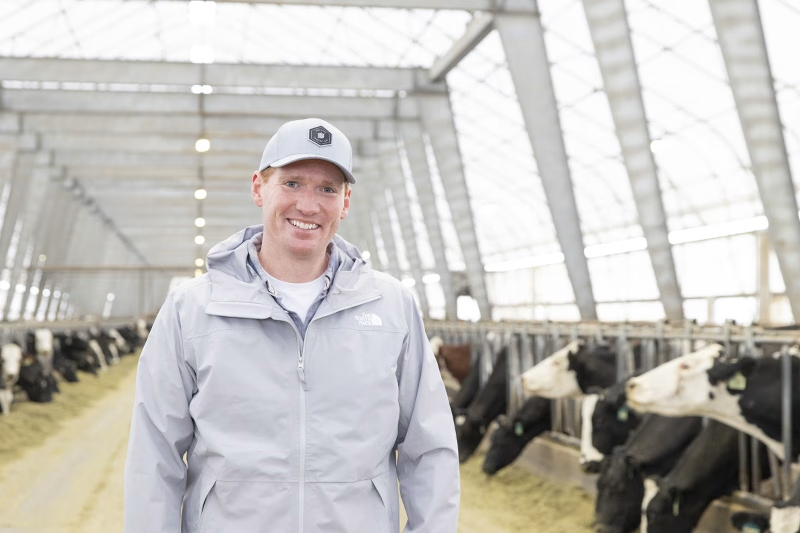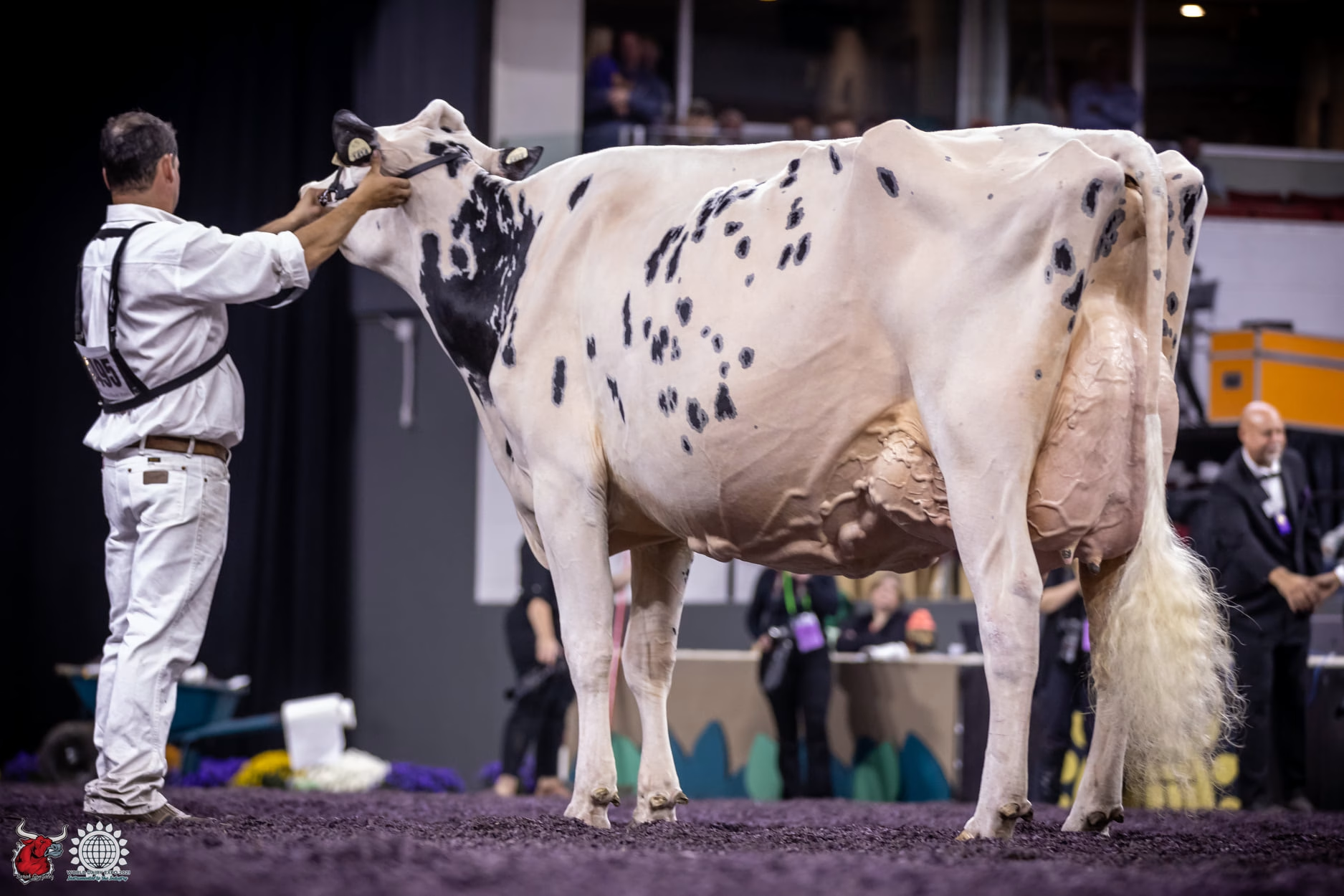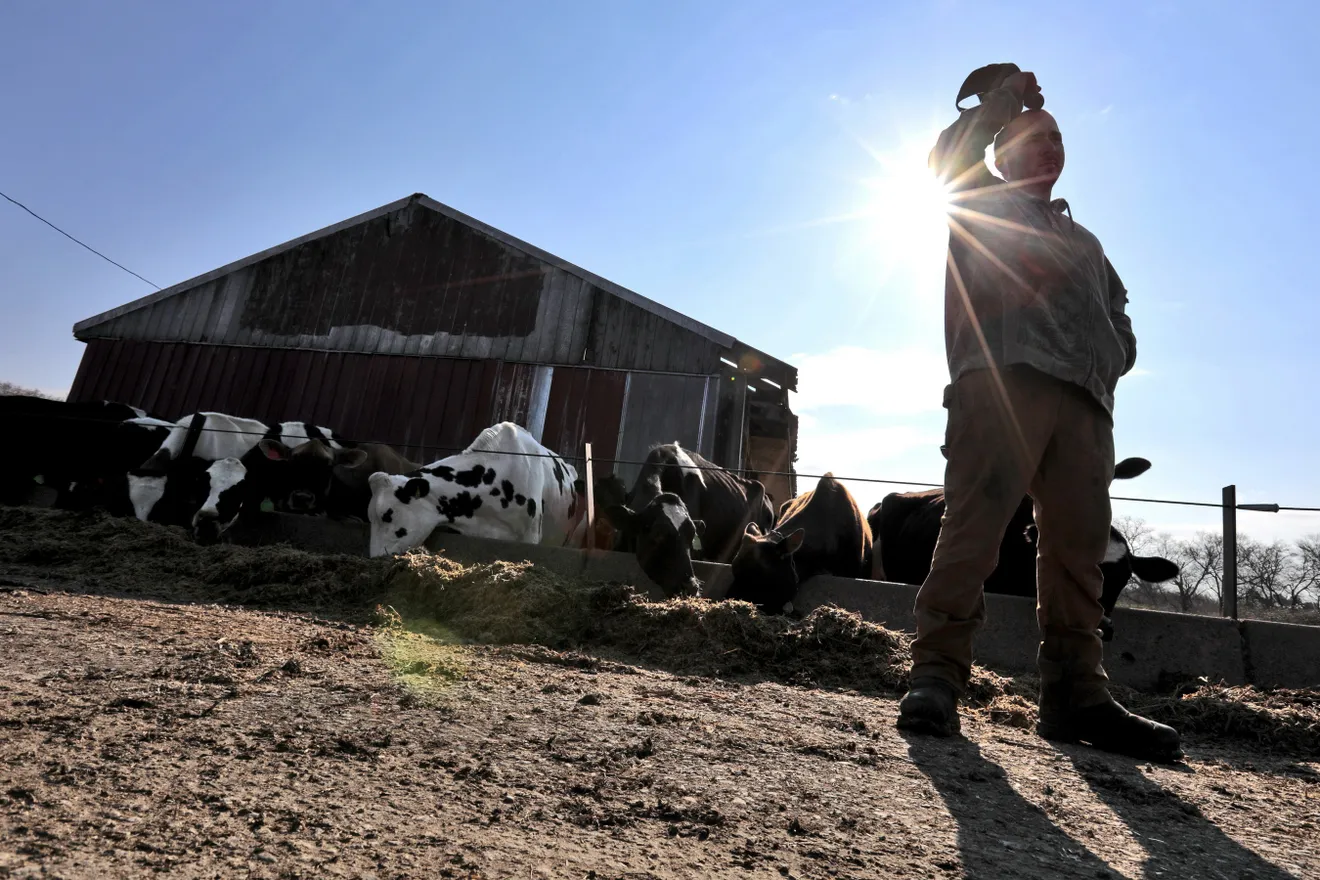Fonterra’s $2B bombshell: Consumer brands spin-off shakes global dairy. Will Mainland Group reshape YOUR market? Exclusive analysis inside.
EXECUTIVE SUMMARY: Fonterra’s strategic divestment of its consumer business, branded as Mainland Group, signals a seismic shift in the global dairy industry. With a potential $1-2 billion valuation, this move could redefine how cooperatives operate worldwide. Fonterra’s dual-track approach, exploring both IPO and trade sale options, aims to maximize returns for its 8,000+ farmer-shareholders. The newly independent Mainland Group, housing iconic brands like Anchor and Western Star, is poised to become a formidable competitor in international markets. This restructuring has far-reaching implications for milk pricing, capital flows, and competitive dynamics across the dairy value chain, from farm gates to retail shelves.
KEY TAKEAWAYS:
- Fonterra’s consumer business spin-off, valued at $1-2 billion, could reshape global dairy markets and cooperative structures.
- Mainland Group’s strong financial performance, even amid high milk prices, makes it an attractive investment and formidable competitor.
- The divestment could lead to significant capital returns for Fonterra’s farmer-shareholders, potentially influencing farm investments and debt strategies.
- This move may trigger similar restructurings among other dairy cooperatives, impacting milk pricing and market dynamics worldwide.
- Dairy farmers and processors globally should prepare for potential shifts in competitive landscapes, especially in Asia-Pacific markets.

Fonterra’s consumer business is hitting the road in what could be a $1-2 billion game-changer for dairy markets worldwide. The New Zealand dairy giant kicked off investor roadshow meetings on March 10, 2025, showcasing its consumer business package under the newly-branded “Mainland Group” banner. This bold move signals a significant shakeup at one of the world’s dairy powerhouses, with massive implications for milk producers and processors across the globe.
BREAKING NEWS: FONTERRA UNVEILS MAINLAND GROUP TO GLOBAL INVESTORS
Fonterra’s strategic shift is now in high gear, with investor presentations led by Mainland Group CEO-elect René Dedoncker and CFO-elect Paul Victor. These roadshows mark a critical phase in the cooperative’s dual-track strategy, as the cooperative tests both IPO and trade sale options for its global Consumer business package.
CEO Miles Hurrell isn’t mincing words about why Fonterra’s making this move: “We are clear on our strategy and have a pathway to grow further value for farmer shareholders and the New Zealand economy through our innovative Foodservice and Ingredients businesses.”
But Hurrell also knows these aren’t just ordinary dairy brands being put on the block: “We recognize the responsibility we have to find the right steward for iconic brands such as Anchor™, Mainland™ and Western Star™ and an ownership structure that allows these businesses to continue to grow.”
Why should this matter to YOUR operation? This massive restructuring could reshape everything from global dairy pricing to how cooperatives worldwide organize their businesses. Are YOU prepared for the ripple effects?
The Mainland Group name is a brilliant branding choice that instantly connects with dairy farmers and consumers alike. It taps into New Zealand’s deep dairy heritage while creating immediate brand recognition across international markets.
FINANCIAL FIREPOWER: MAINLAND GROUP SHOWS MUSCLE AMID SOARING MILK PRICES
Talk about perfect timing – Fonterra bumped its full-year earnings forecast from 40-60 cents per share to 55-75 cents per share. This significant upgrade creates serious momentum for Fonterra’s consumer business divestment and shows the strength of the operations now being shopped to investors.
“Our consumer channel has shown good volume and margin growth while recovering the higher Farmgate Milk Price this season,” Hurrell pointed out. It is impressive when you consider most consumer brands take a beating when milk prices climb.
The numbers tell the story of a consumer powerhouse that’s defying industry trends:
| Fonterra’s Consumer Business Performance | Latest Figures | Industry Average |
| Full-Year Earnings Forecast | ↑ 55-75 NZ cents per share | Static or declining |
| Gross Margin (Southeast Asia) | 36% | 28% |
| Farmgate Milk Price | NZ$10.00 per kgMS | NZ$8.50 historical average |
| Consumer Division Revenue | NZ$4.9 billion | N/A |
This kind of resilience is a big selling point for investors. Most dairy consumer businesses struggle when farmgate prices surge. Still, Mainland Group has shown it can maintain profits even when paying farmers top dollar for milk – precisely the kind of business that excited investors.
How does YOUR consumer business perform when milk prices spike? Mainland Group’s margin protection might be setting a new industry benchmark.
BRAND POWERHOUSE: MAINLAND GROUP’S DAIRY BRAND ARSENAL PACKS A PUNCH
Mainland Group isn’t coming to market with unknown brands – it’s bringing dairy royalty. We’re talking household names that command premium shelf space and enjoy massive consumer loyalty across multiple markets.
These aren’t just brands – they’re market movers that give Mainland Group serious clout with retailers:
| Mainland Group’s Star Brands | Market Position | Growth Potential |
| Anchor™ | Powerhouse across multiple dairy categories | High expansion potential in SE Asia |
| Mainland™ | Premium cheese with strong NZ heritage | Growing specialty cheese segment |
| Western Star™ | Australia’s go-to butter brand | Rising butter consumption trend |
| Kapiti™ | Specialty cheese and ice cream for discerning consumers | Premium/artisanal growth |
| Anlene™ | Leading adult nutrition products across Asia | Aging population demographics |
| Perfect Italiano™ | Go-to Italian cheese for home cooks | Growing home cooking trend |
Mainland Group’s brand firepower spans markets from Australia to New Zealand, Southeast Asia, and Sri Lanka, and distribution networks stretch into the Middle East and Africa. This protects the business against regional economic downturns while offering multiple growth paths for future expansion.
Could YOUR business benefit from a similar focus on brand portfolio diversification? What markets are YOU targeting for 2026?
LEADERSHIP DREAM TEAM: INDUSTRY VETERANS READY TO DRIVE MAINLAND GROUP FORWARD
Who’s going to steer this massive dairy business? René Dedoncker is stepping up as CEO-elect – and he’s the perfect fit. Dedoncker currently runs Fonterra’s Global Markets Consumer and Foodservice division, so he already knows these businesses inside and out.
Paul Victor joined him as CFO-elect, bringing valuable public company experience from his time at ASX-listed Incitec Pivot Limited. This background will be crucial if Mainland Group takes the IPO route.
This leadership duo is now front and center in roadshow meetings, showing investors how Mainland Group’s consumer businesses could take off with independent ownership, dedicated growth capital, and laser-focused strategic direction.
STRATEGIC MASTERSTROKE: FONTERRA’S DUAL-TRACK APPROACH MAXIMIZES FARMER PAYOUTS
Fonterra isn’t just selling its consumer business – it’s creating a bidding war for it. By exploring trade sale and IPO options simultaneously, the cooperative forces potential buyers to compete against public market valuations.
This dual-track strategy is a textbook move to drive up valuation, showing Fonterra’s commitment to squeezing maximum value for its 8,000+ farmer shareholders.
And those farmers get the final say – any deal needs their approval through a shareholder vote.
The cooperative has promised farmers a “significant capital return” after the divestment goes through. That cash injection would hit farm accounts at the perfect time, giving producers capital to invest in sustainability upgrades or operational improvements during market volatility.
What’s brilliant is Fonterra’s refusal to rush the process. The company has repeatedly stated it won’t be “bound to a timeline” – a clear signal to potential buyers that they’ll need to bring their best offers.
Critics argue spin-offs dilute farmer control over the value chain, but does centralized ownership serve producers in the long term? The cooperative model excels at collecting and processing milk, but consumer brands might flourish better with access to growth capital and nimble decision-making outside the cooperative structure.
POLL: Will Mainland Group’s IPO reshape your 2026 strategy?
- [ ] Yes – Preparing for market volatility
- [ ] No – Focused on local markets
- [ ] Undecided – Waiting to see valuation details
GLOBAL RIPPLE EFFECTS: HOW MAINLAND GROUP WILL RESHAPE DAIRY MARKETS WORLDWIDE
When Mainland Group emerges as a standalone dairy giant, expect shockwaves across global dairy markets. European processors like Lactalis and Arla and South American players targeting Asia-Pacific markets will suddenly face a more agile, better-funded competitor with premium brands and established market positions.
Fonterra’s strategic shift offers a masterclass in industry evolution for other dairy companies watching from the sidelines. The cooperative model works brilliantly for collecting and processing milk, but consumer-branded businesses might thrive better under different ownership structures with access to growth capital.
The potential -2 billion transaction will instantly create a new dairy powerhouse focused entirely on consumer markets. Without the constraints of a cooperative structure, Mainland Group could accelerate product innovation, ramp up marketing investment, and pursue acquisitions that Fonterra might have bypassed.
This move signals essential structural changes in the industry’s organization for dairy farmers worldwide. Innovative producers will watch how Fonterra’s approach influences milk pricing mechanisms and capital flows throughout the dairy supply chain.
What does this mean for YOUR milk checks? If more cooperatives follow Fonterra’s lead, expect more volatile but potentially higher farmgate prices as consumer businesses compete for quality milk supply.
WHAT’S NEXT: MILESTONE WATCH IN THE MAINLAND GROUP LAUNCH
As Fonterra’s consumer business roadshow continues through March, dairy industry insiders closely watch investor reactions. The next big date to circle on your calendar is March 20, 2025, when Fonterra releases its FY25 interim results, potentially offering fresh insights into how the consumer business is performing.
The cooperative is running a detailed evaluation of both sale options before making a final recommendation to its farmer shareholders. This thorough process ensures maximum value while finding the right future owner for beloved dairy brands representing significant New Zealand heritage.
Fonterra’s final choice between IPO and trade sale options will send necessary signals throughout the dairy industry. If financial investors outbid strategic players, it suggests strong confidence in standalone dairy consumer businesses. If a strategic buyer prevails, it points to underlying synergy values that financial markets aren’t fully capturing.
Either way, the decision will provide crucial market intelligence about dairy asset valuations, which will impact producers, processors, and investors worldwide.
THE BOTTOM LINE: 3 WAYS THIS SHAKES YOUR BUSINESS
Fonterra’s Mainland Group divestment represents a turning point for the global dairy industry. The robust financial performance of both Fonterra’s core ingredients business and its consumer operations makes this strategic transformation perfect timing.
Here’s how this massive shift could impact YOUR operation:
- Capital Tsunami: Fonterra farmers could see cash injections by late 2025 – will YOU reinvest or reduce debt? This capital influx could reset productivity benchmarks across the industry.
- Brand Wars: Mainland Group’s marketing muscle may drown out smaller Asian exporters. Are YOUR export strategies positioned to compete with a newly energized Mainland Group?
- Policy Ripples: Success here could push other cooperatives to spin off consumer arms. Is YOUR cooperative considering similar structural changes?
The dairy world is watching New Zealand closely as this massive transaction unfolds. Fonterra’s decisions create ripple effects throughout the interconnected global dairy ecosystem, affecting everything from farmgate milk prices to retail dairy product innovation.
If Mainland Group emerges as an independent entity, it will instantly become a formidable player with heritage brands and financial resources to reshape competitive dynamics for years.
For dairy farmers from Wisconsin to Waikato, Fonterra’s bold move offers critical lessons about industry structure and how different segments of the dairy value chain thrive under different ownership models. As this process continues through 2025, competent market participants will watch developments closely, knowing the outcome will influence dairy markets across multiple product categories and geographies for years.
LEARN MORE:
- Why The Dairy Giant is Abandoning Consumer Brands
- Windfall for New Zealand Farmers: Fonterra’s Potential $2 Billion Asset Sale Could Mean Big Payouts
- New Zealand Dairy Farmers Win Big with Record $10 Milk Price Intact
 Join the Revolution!
Join the Revolution!
Join over 30,000 successful dairy professionals who rely on Bullvine Daily for their competitive edge. Delivered directly to your inbox each week, our exclusive industry insights help you make smarter decisions while saving precious hours every week. Never miss critical updates on milk production trends, breakthrough technologies, and profit-boosting strategies that top producers are already implementing. Subscribe now to transform your dairy operation’s efficiency and profitability—your future success is just one click away.







 Join the Revolution!
Join the Revolution!

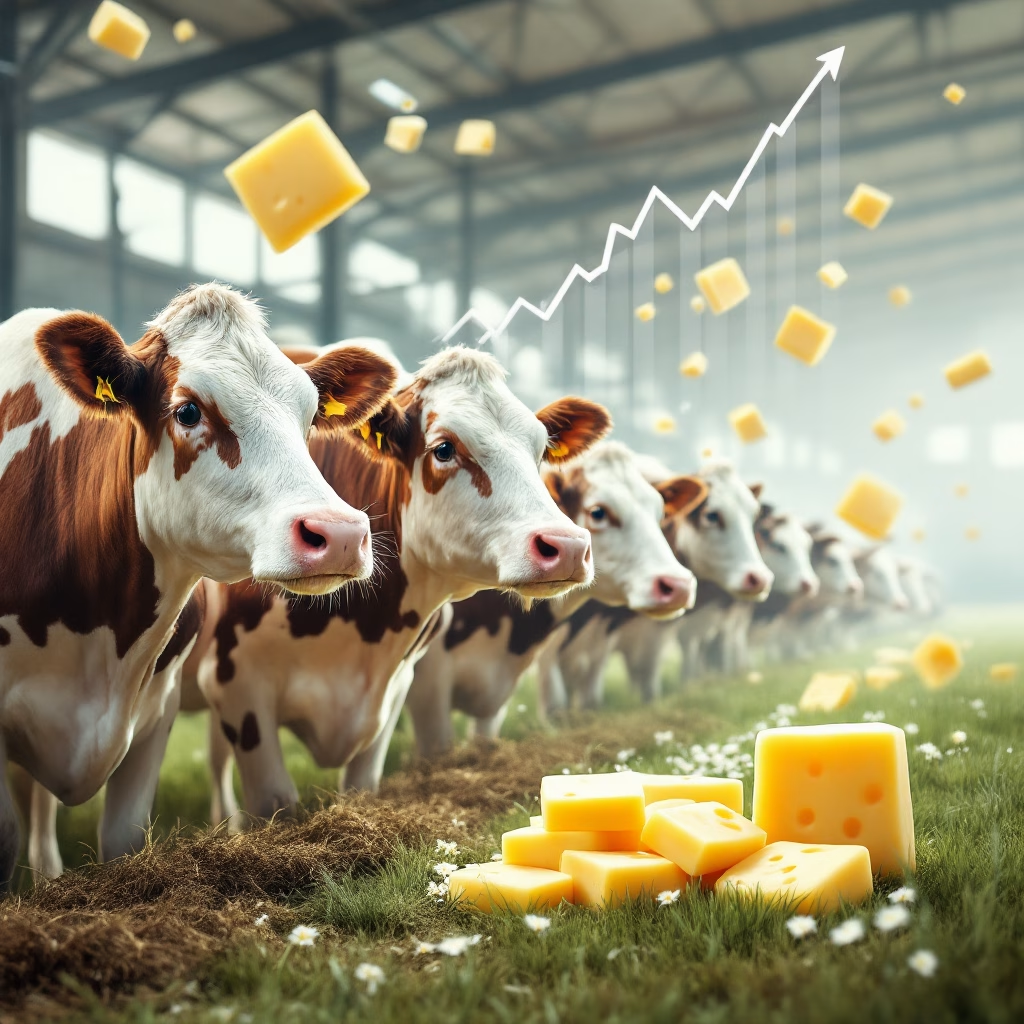
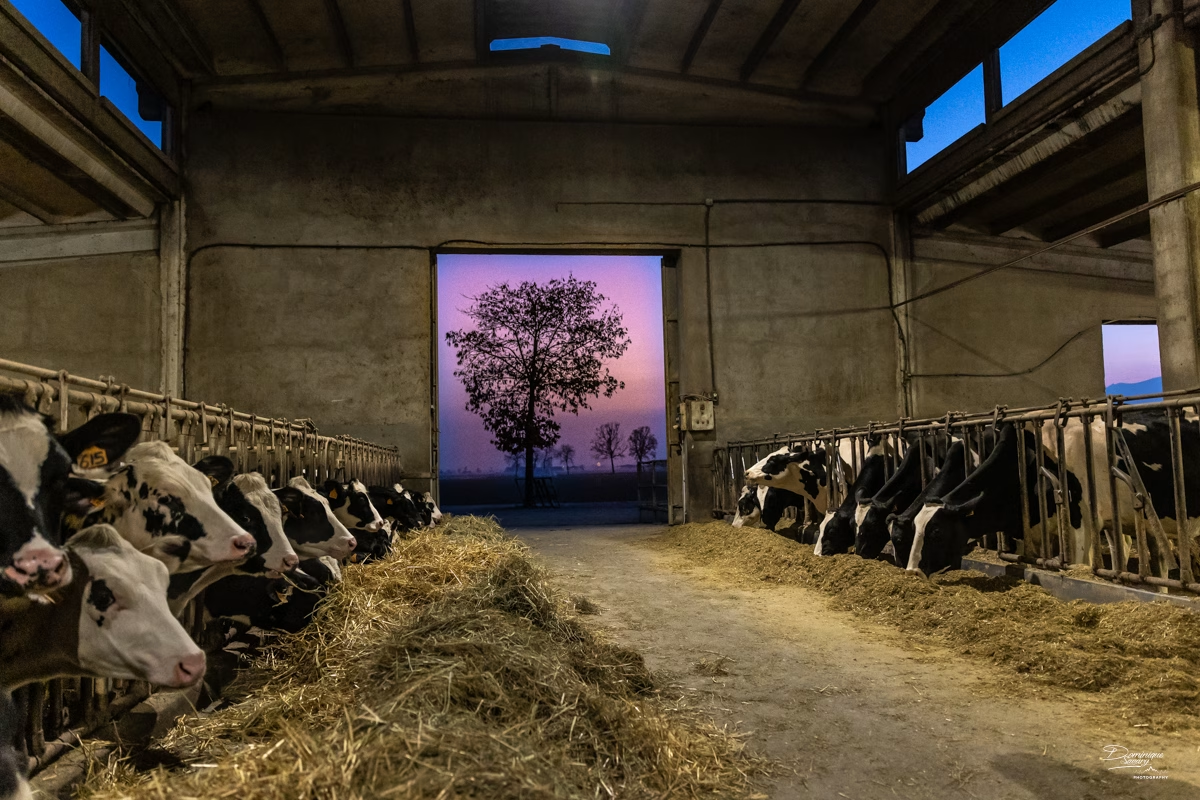

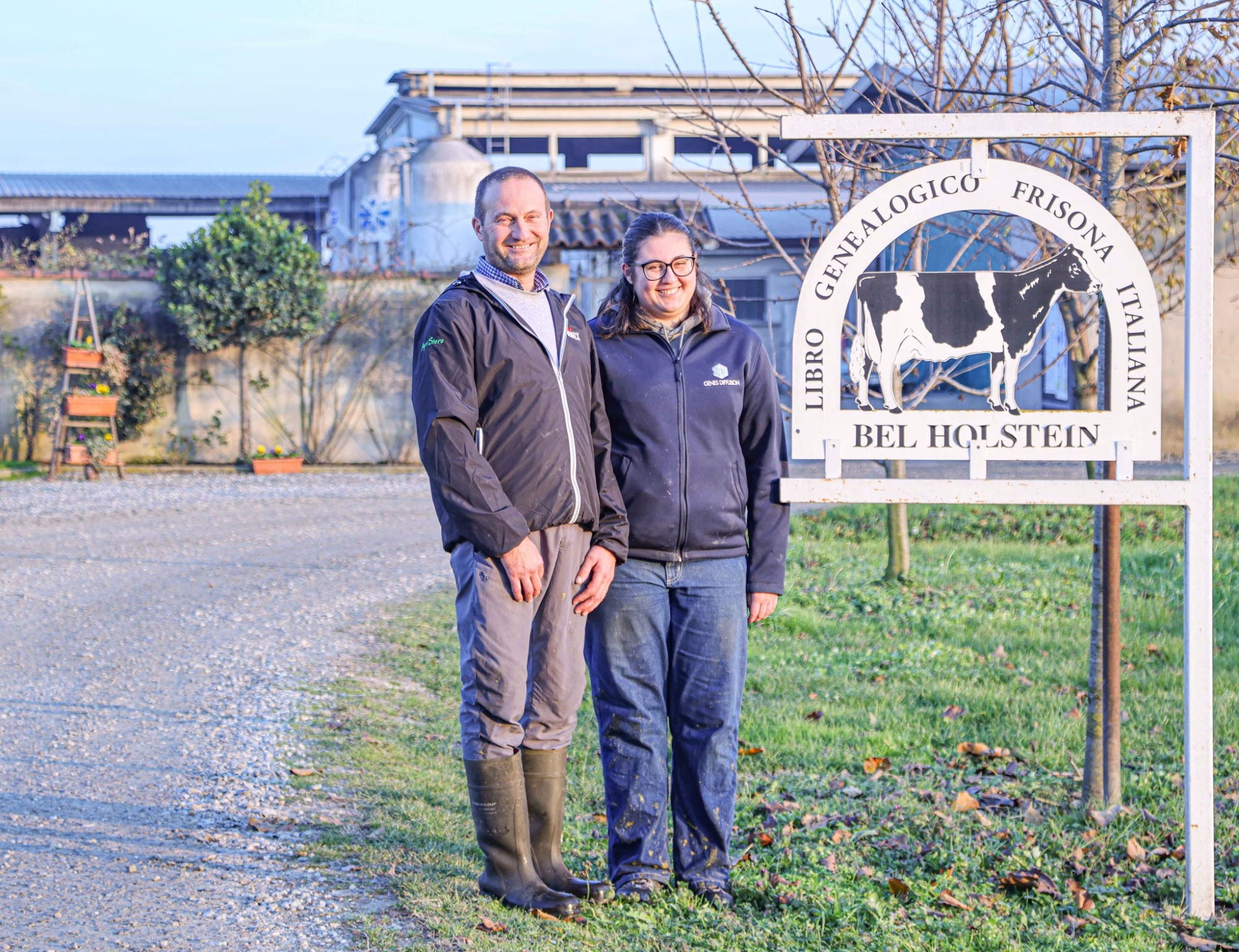


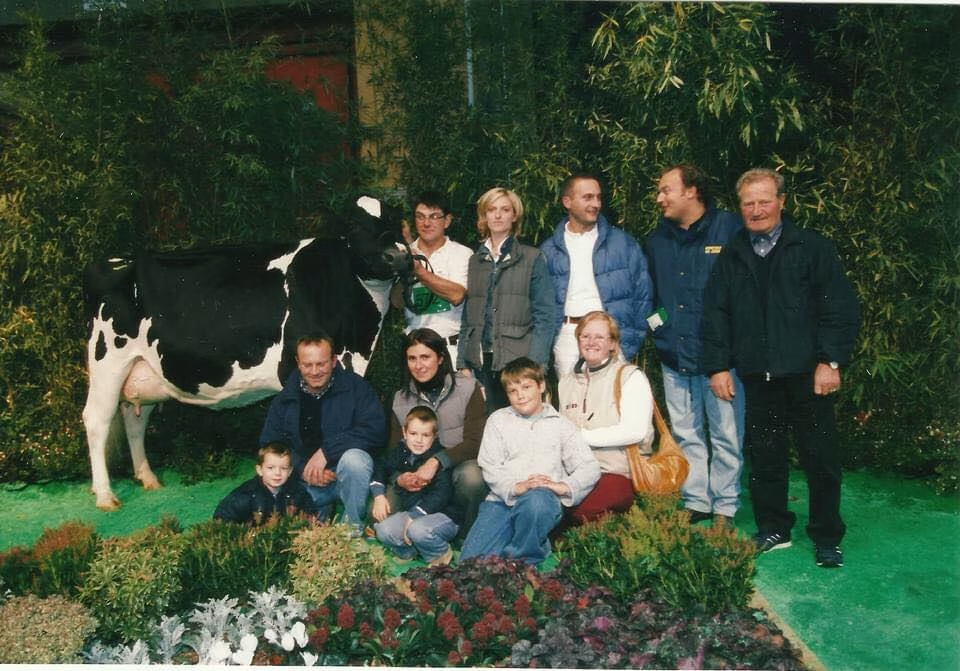
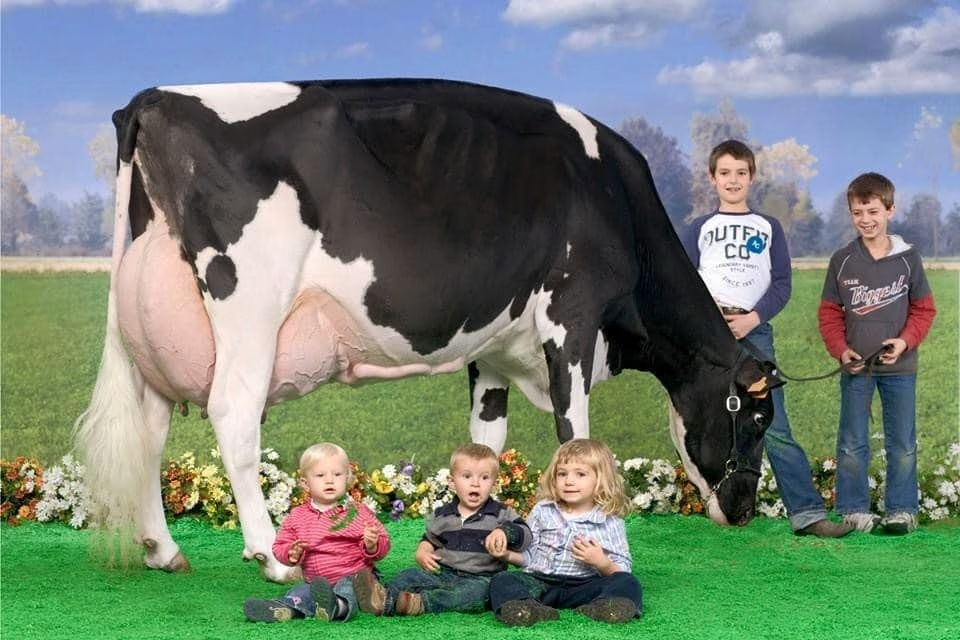



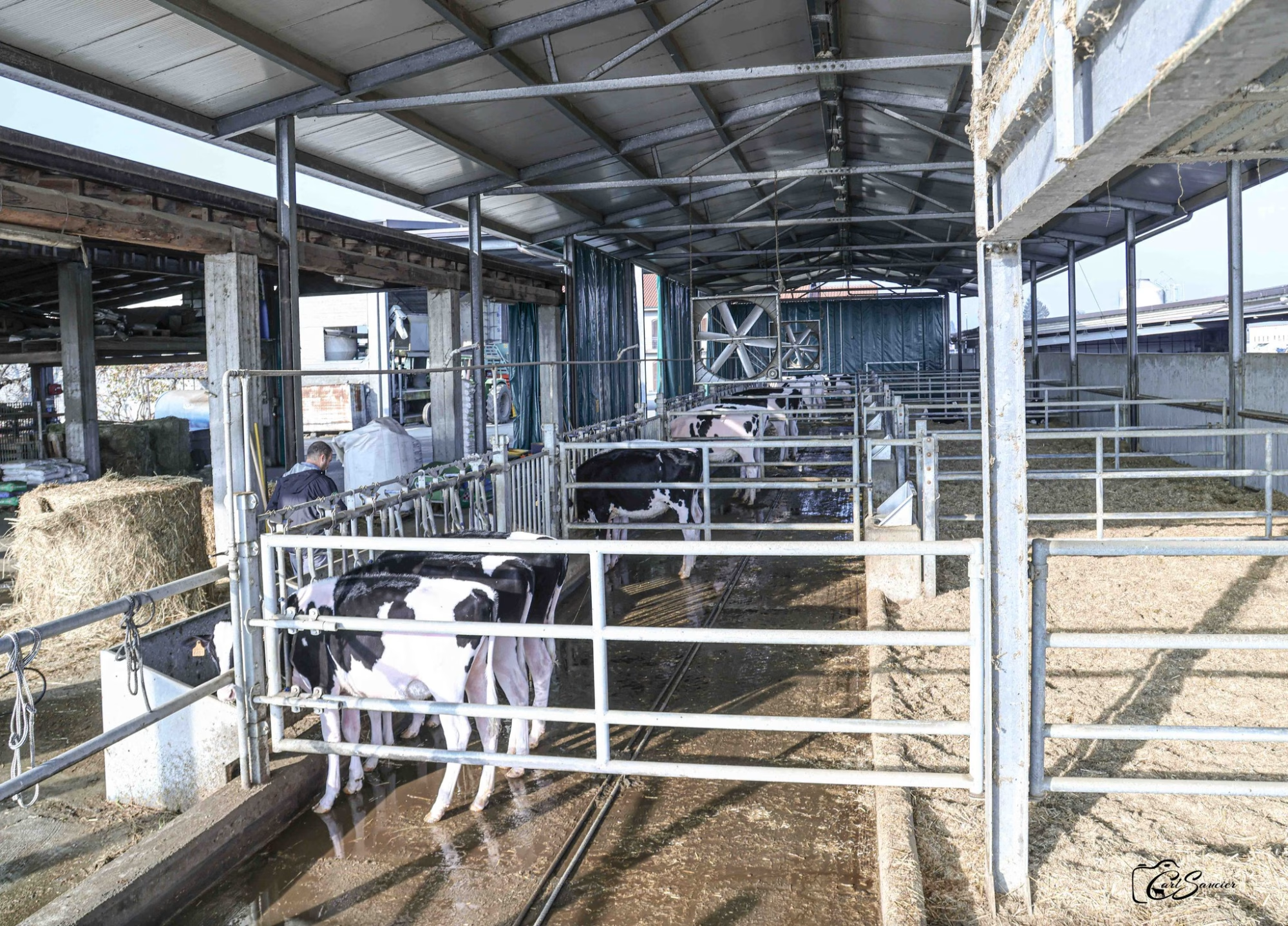


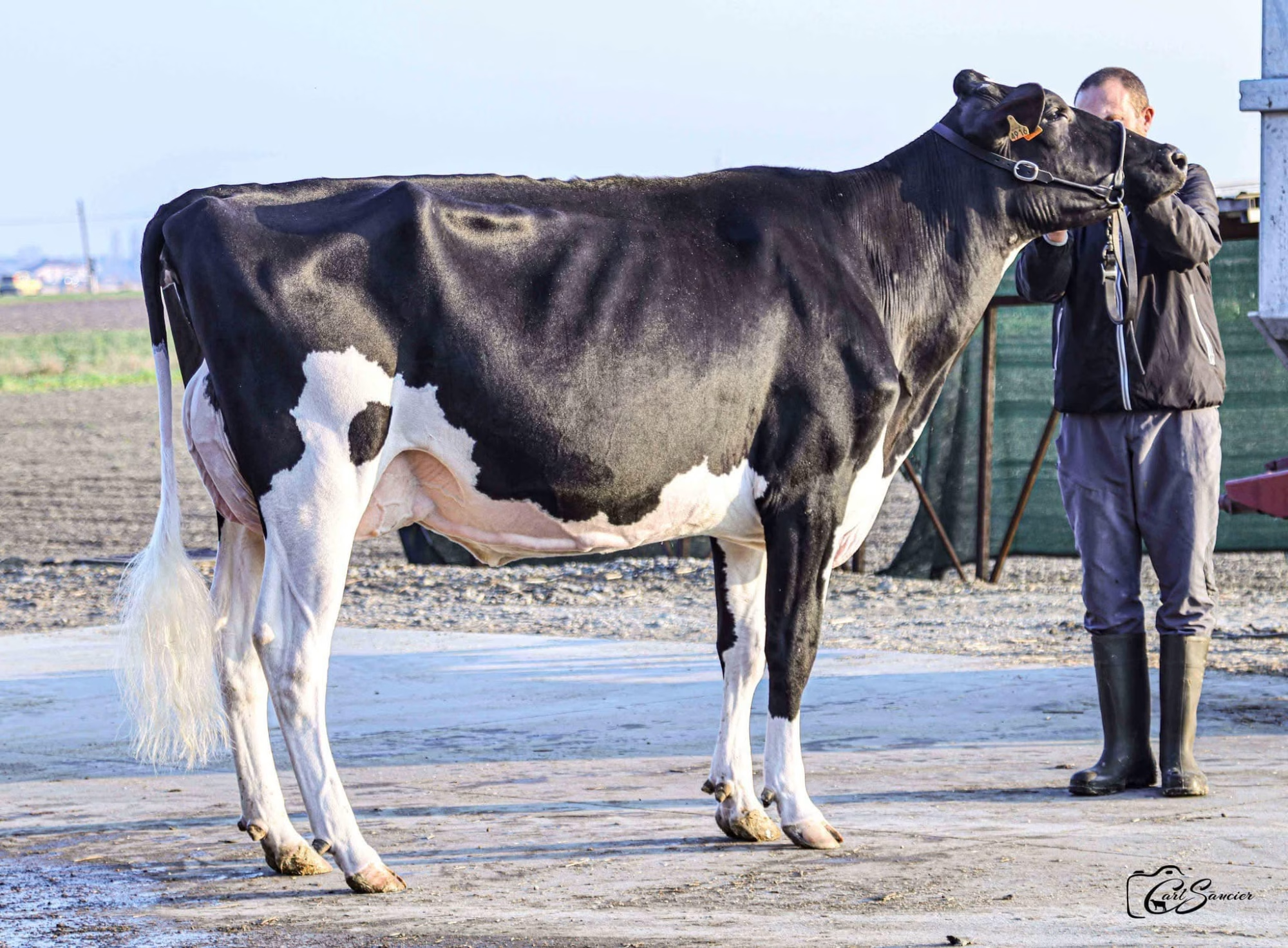

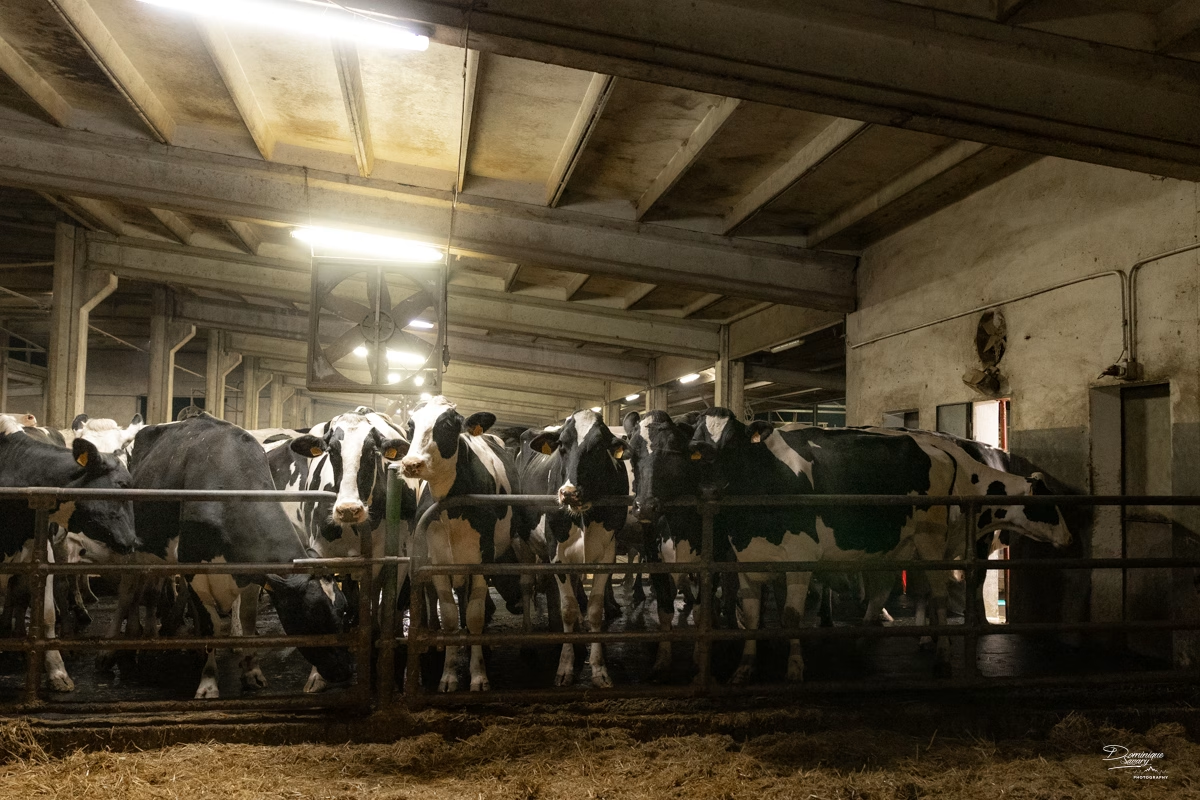





 In the expansive heartland of America, where fields unfurl beneath the boundless sky and the air carries the sweet aroma of fresh hay, a figure like Dr. David Selner stands as a steadfast pulse of the dairy industry. From humble beginnings on a Wisconsin dairy farm, he blossomed into a symbol of creativity and commitment, taking on roles that ranged from genetic consultant to beloved mentor. Dr. Selner, a beacon of dedication whose contributions reshaped the dairy landscape, has left a lasting legacy in an industry that sustains countless lives. Dr. Selner’s legacy resonates profoundly and is woven into the fabric of countless lives he impacted worldwide. In the wake of his recent passing on October 25, 2024, after a courageous fight against pancreatic cancer, we are left to contemplate the profound impact of his life’s work.
In the expansive heartland of America, where fields unfurl beneath the boundless sky and the air carries the sweet aroma of fresh hay, a figure like Dr. David Selner stands as a steadfast pulse of the dairy industry. From humble beginnings on a Wisconsin dairy farm, he blossomed into a symbol of creativity and commitment, taking on roles that ranged from genetic consultant to beloved mentor. Dr. Selner, a beacon of dedication whose contributions reshaped the dairy landscape, has left a lasting legacy in an industry that sustains countless lives. Dr. Selner’s legacy resonates profoundly and is woven into the fabric of countless lives he impacted worldwide. In the wake of his recent passing on October 25, 2024, after a courageous fight against pancreatic cancer, we are left to contemplate the profound impact of his life’s work. 




